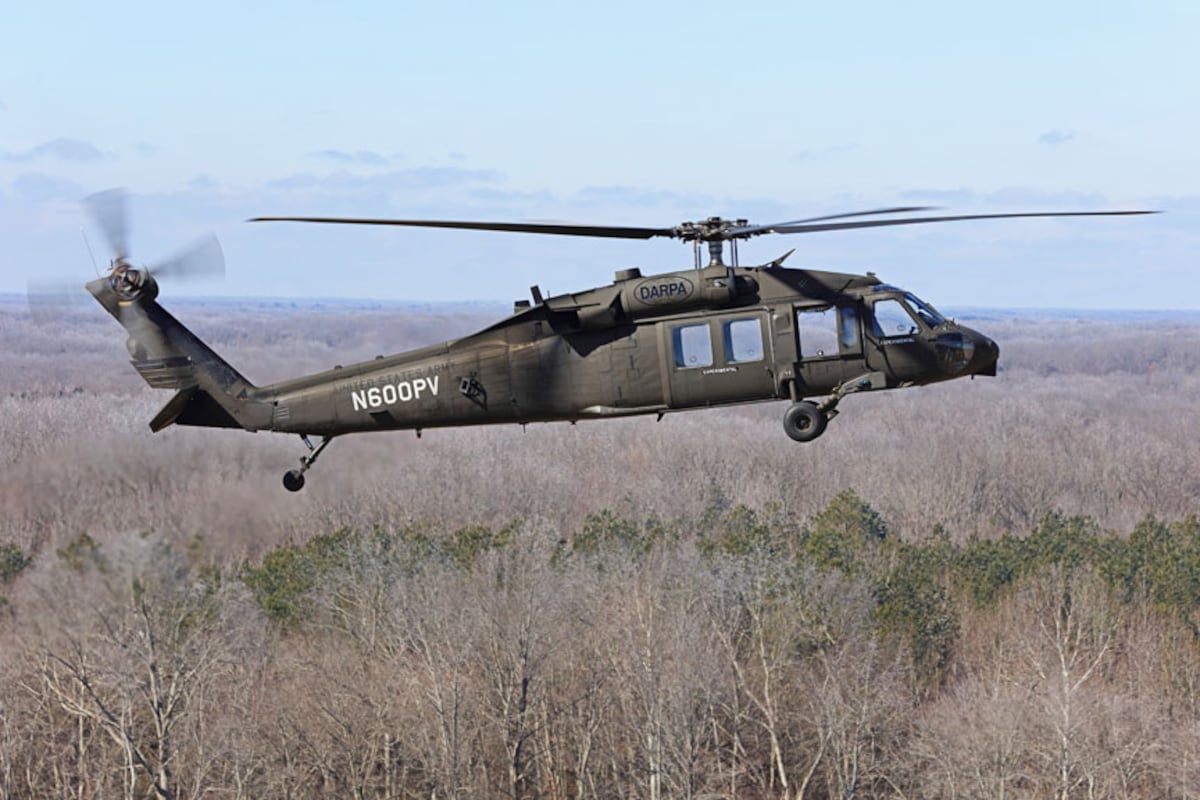Exploring the Thrills and Innovations of the Blackhawk Helicopter
The Blackhawk helicopter stands as a testament to military aeronautics's development, merging technological developments with functional applications. What lies ahead for this famous airplane, and exactly how will arising technologies form its future in armed forces operations?
History of the Blackhawk Helicopter
Considering that its inception in the 1960s, the Blackhawk helicopter has played a crucial role in contemporary armed forces aeronautics. Developed by Sikorsky Airplane, the UH-60 Blackhawk was created to fulfill the U.S. Military's requirement for a flexible utility helicopter capable of carrying out a range of missions, including army transportation, clinical emptying, and cargo airlift. The design was a feedback to the restrictions of earlier helicopters, especially in regards to rate, survivability, and maneuverability.
The Blackhawk made its initial flight in 1974 and soon got in solution in 1979. Its introduction noted a considerable advancement in helicopter technology, including a two-rotor system that enhanced performance and security. The airplane's tough construction and advanced avionics enabled it to run effectively in varied atmospheres and conditions.
Throughout the years, the Blackhawk has been continually upgraded, integrating lessons picked up from various combat scenarios. Its release in problems such as the Gulf War, Somalia, and the Battle on Horror more strengthened its track record as a vital property. The Blackhawk's legacy is characterized by its adaptability and resilience, making it a keystone of armed forces air travel for decades.
Secret Attributes and Requirements
The Blackhawk helicopter is identified by its durable style and progressed technological attributes, which collectively enhance its functional abilities. Made largely for energy missions, the Blackhawk boasts a maximum launch weight of roughly 22,000 pounds, allowing it to bring considerable hauls while keeping agility.
Equipped with 2 General Electric T700-GE-701C engines, the Blackhawk attains an optimal speed of around 183 knots and a series of 368 maritime miles - Blackhawk Helicopter. Its state-of-the-art blades system includes a four-blade primary rotor and a four-blade tail blades, making sure security and maneuverability in different flying conditions
The helicopter's cabin can suit as much as 11 soldiers or different cargo setups, showcasing convenience in objective accounts. Furthermore, the Blackhawk is developed with sophisticated avionics, including electronic trip controls and a detailed cabin display, boosting pilot situational awareness.
For enhanced survivability, the Blackhawk includes ballistic armor and self-sealing fuel tanks. Its capacity to run in diverse environments, from deserts to icy terrains, additionally solidifies its track record as a trustworthy system for humanitarian and army operations alike. The Blackhawk's combination of adaptability, power, and durability makes it a keystone of modern airborne capabilities.
Improvements in Modern Technology
Technologies in innovation have actually substantially boosted the capabilities of the Blackhawk helicopter, guaranteeing it stays at the forefront of military aeronautics. One of the most significant developments is the combination of sophisticated avionics systems, which give improved situational understanding with real-time information processing and screen. This modern technology enables pilots to navigate complex environments a lot more efficiently, boosting mission success prices.

Furthermore, the intro of electronic fly-by-wire systems has actually reinvented the control systems of the Blackhawk, offering smoother handling and boosted responsiveness. Jointly, these technological improvements make certain that the Blackhawk helicopter stays an essential asset in modern-day armed forces operations.
Functions in Armed Force Operations
With advanced modern technology boosting its capacities, the Blackhawk helicopter plays a multifaceted function in army operations. Mostly, it is utilized for troop transport, making it possible for rapid implementation and extraction of employees in various battle situations. Its sizable cabin can fit approximately 11 troops, making it a crucial asset for special procedures and large-scale objectives.
Additionally, the Blackhawk acts as a medevac system, geared up to carry damaged soldiers promptly and effectively from the field of learn this here now battle to clinical centers - Blackhawk Helicopter. Its versatility prolongs to logistical support, where it carries supplies and equipment important for maintaining armed forces operations in remote areas

The helicopter is likewise critical in reconnaissance missions, providing airborne security and intelligence-gathering abilities. Its capacity to run in varied atmospheres-- ranging from city setups to severe terrains-- further strengthens its relevance on the battleground.
Additionally, the Blackhawk can be equipped with advanced weapons, permitting it to engage in fight and provide close air assistance. This versatility highlights the helicopter's integral function in contemporary military approaches, making it a crucial element of armed pressures worldwide.
Future Developments and Innovations
Advancements in innovation pledge to usher in a brand-new era for the Blackhawk helicopter, improving its capabilities and operational performance. Future growths for the Blackhawk may consist of enhancements in avionics, such as sophisticated flight control systems and improved situational awareness devices powered by fabricated intelligence.
Moreover, the combination of unmanned systems is on the perspective, Check Out Your URL possibly permitting manned-unmanned teaming operations that can expand goal accounts and reduce risk to personnel. The Blackhawk's design is additionally expected to incorporate lighter and stronger materials, improving gas performance and general efficiency.

Final Thought
In verdict, the Blackhawk helicopter represents a substantial achievement in armed forces air travel, identified by its adaptability and advanced technical attributes. Its historic advancement reflects a regular feedback to operational demands, improving capacities in various roles such as troop transportation and medevac operations. Ongoing developments, consisting of the assimilation of artificial intelligence and hybrid-electric propulsion, promise to further reinforce the Blackhawk's efficiency and importance in future military interactions, ensuring its status as a vital possession on the battlefield.

With innovative innovation enhancing its capabilities, the Blackhawk helicopter plays a multifaceted duty in military operations. (Blackhawk Helicopter)